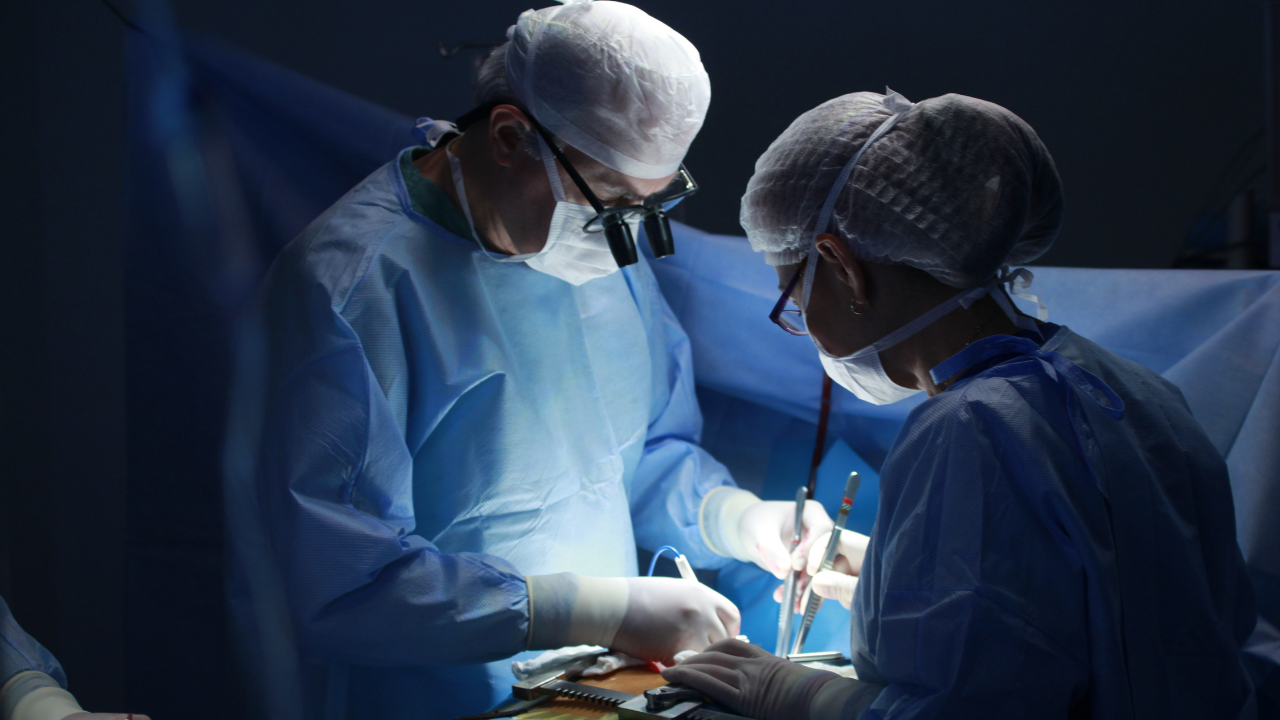Hepatobiliary surgery, which focuses on the liver, bile ducts, and gallbladder, is a complex field requiring high levels of precision. Traditional surgery techniques in this domain often involve large incisions, longer recovery times, and higher risks of complications. The introduction of robotics into hepatobiliary surgery has revolutionized how surgeons approach these procedures. Robotics allows for enhanced accuracy, minimizing trauma to surrounding tissues and improving patient outcomes. In this article, we will explore the current trends, techniques, and applications of robotic surgery in hepatobiliary treatments.
Current Trends in Robotic Hepatobiliary Surgery:
The use of robotic systems, especially the da Vinci Surgical System, has grown rapidly in the field of hepatobiliary surgery. Some significant trends include:
Increased Adoption: Robotic surgery has gained widespread acceptance in both academic and private healthcare settings. Surgeons are increasingly opting for robotic systems, which offer better visualization, precision, and control compared to traditional laparoscopic methods.
Complex Procedures: Robotic systems are now being used to perform more intricate and difficult procedures, such as liver resections and bile duct reconstructions. The enhanced dexterity and 3D visualization allow surgeons to navigate delicate areas of the liver with greater ease.
Minimally Invasive Approach: Robotic surgery allows for smaller incisions, leading to reduced scarring, less blood loss, and quicker recovery times for patients. This is particularly beneficial for patients undergoing major surgeries like liver resections or pancreatic procedures.
Improved Training and Simulation: With advancements in virtual reality (VR) and simulation training, surgeons can practice complex hepatobiliary procedures in a risk-free environment. This has increased the proficiency of surgeons using robotic systems, enhancing overall surgical outcomes.
Key Techniques in Robotic Hepatobiliary Surgery:
Robotic surgery systems utilize sophisticated technology to enhance the surgeon’s ability to perform delicate hepatobiliary procedures. Some of the key techniques employed in robotic hepatobiliary surgery include:
Robotic Liver Resection: Liver resections are often needed to remove tumors or damaged parts of the liver. Traditional open liver surgery involves large incisions and longer recovery periods. With robotic assistance, surgeons can perform liver resections with greater precision and control, leading to minimal blood loss and faster recovery.
Robotic Gallbladder Surgery: Robotic systems are commonly used for cholecystectomy (gallbladder removal). While this is a routine procedure, the use of robotics allows for even finer control in complex cases, such as when dealing with inflammation or scarring from previous surgeries.
Robotic Pancreatic Surgery: The pancreas is located deep within the abdomen and is surrounded by several vital structures. Robotic surgery enhances the surgeon’s ability to safely access and operate on the pancreas while minimizing the risk of injury to surrounding tissues.
Bile Duct Reconstruction: In some cases, patients require bile duct reconstruction due to blockages, injury, or cancer. Robotic surgery enables delicate handling of the bile ducts, offering better outcomes in terms of both function and recovery compared to traditional methods.
Advanced Imaging and Navigation: Robotic systems come equipped with advanced imaging technologies, including intraoperative ultrasound and fluorescence imaging. These tools allow surgeons to better visualize the liver’s internal structure, identify tumors, and ensure clean margins during resections.
Applications of Robotic Surgery in Hepatobiliary Treatments:
Robotic surgery has proven to be highly effective in various hepatobiliary treatments. Some key applications include:
Liver Cancer: Robotic surgery is used to perform both partial and total liver resections for patients with liver cancer. The precise nature of robotic surgery allows for complete tumor removal while sparing as much healthy liver tissue as possible.
Pancreatic Tumors: Robotic systems can perform complex surgeries for patients with pancreatic tumors, including Whipple procedures. The precision offered by robotic surgery reduces the risk of complications, improving patient prognosis.
Bile Duct Cancer: Robotic systems are utilized for bile duct cancer surgeries, which require careful navigation around blood vessels and bile ducts. This approach improves both the short-term and long-term outcomes for patients.
Gallbladder Disease: Robotic-assisted cholecystectomy has become a routine application, offering patients a minimally invasive option with quicker recovery times and fewer complications.
Liver Transplants: Though still in the experimental stage, robotic surgery is showing promise in assisting with liver transplant procedures. The technology can potentially reduce complications during the highly complex organ transplant process.
Benefits of Robotic Hepatobiliary Surgery:
Robotic-assisted hepatobiliary surgery offers numerous advantages over traditional methods. Some of the key benefits include:
Precision and Accuracy: The robotic system provides surgeons with enhanced dexterity and control, allowing for more precise movements than human hands are capable of, especially in difficult-to-reach areas.
Minimally Invasive Approach: The ability to perform surgery through small incisions reduces post-operative pain, minimizes scarring, and shortens recovery times.
Reduced Blood Loss: Due to the precision of the robotic system, patients experience less intraoperative blood loss, reducing the need for transfusions and lowering overall complication risks.
Faster Recovery: Patients undergoing robotic hepatobiliary surgeries tend to recover faster, with shorter hospital stays and quicker returns to normal activities.
Enhanced Visualization: Robotic systems offer surgeons high-definition 3D views of the surgical site, providing better depth perception and clarity, which improves surgical outcomes.
Conclusion:
Robotic surgery is transforming the landscape of hepatobiliary surgery, offering surgeons greater precision, control, and safety in complex procedures. As the technology continues to advance, the applications of robotic systems in treating liver, bile duct, and pancreatic conditions will only expand. The future holds great promise for robotic surgery, ensuring better patient outcomes and fewer complications in hepatobiliary treatments. The role of robotics in hepatobiliary surgery has revolutionized healthcare by improving the effectiveness of treatments while minimizing risks. As robotic systems evolve, their potential in this field will likely continue to grow, making them a mainstay in surgical practice across the world.


